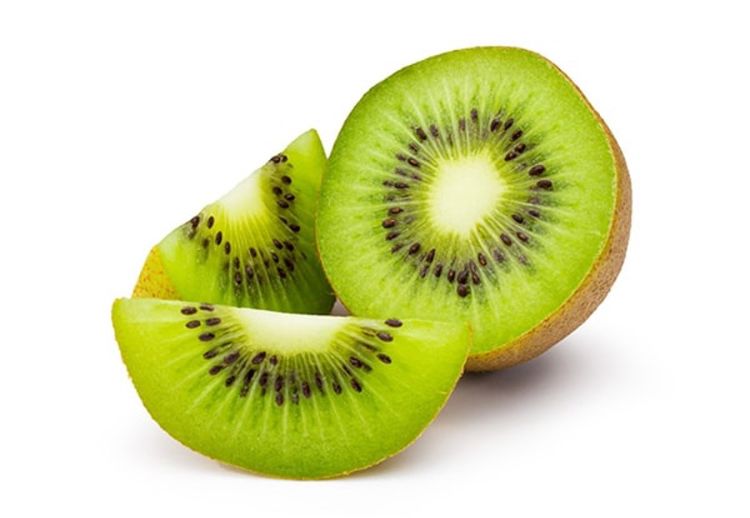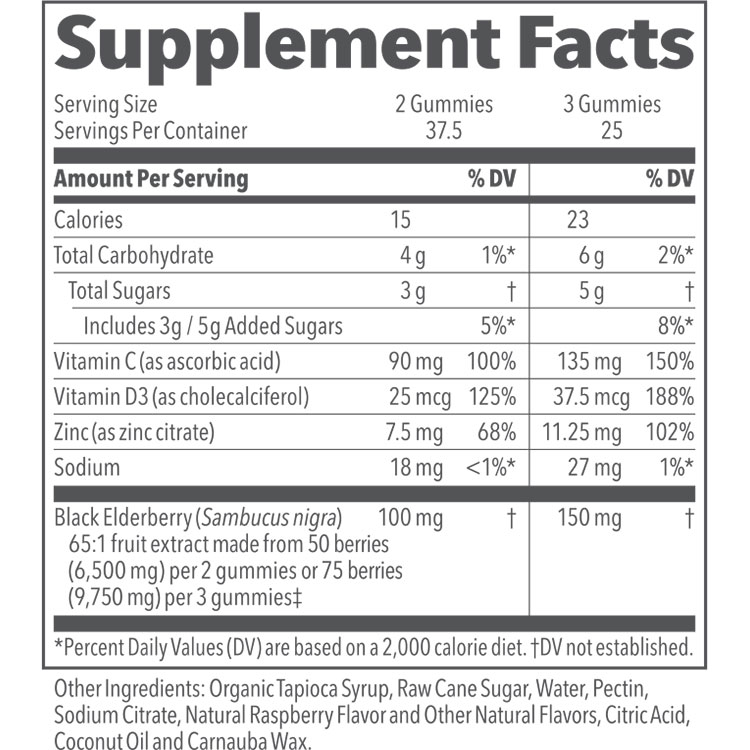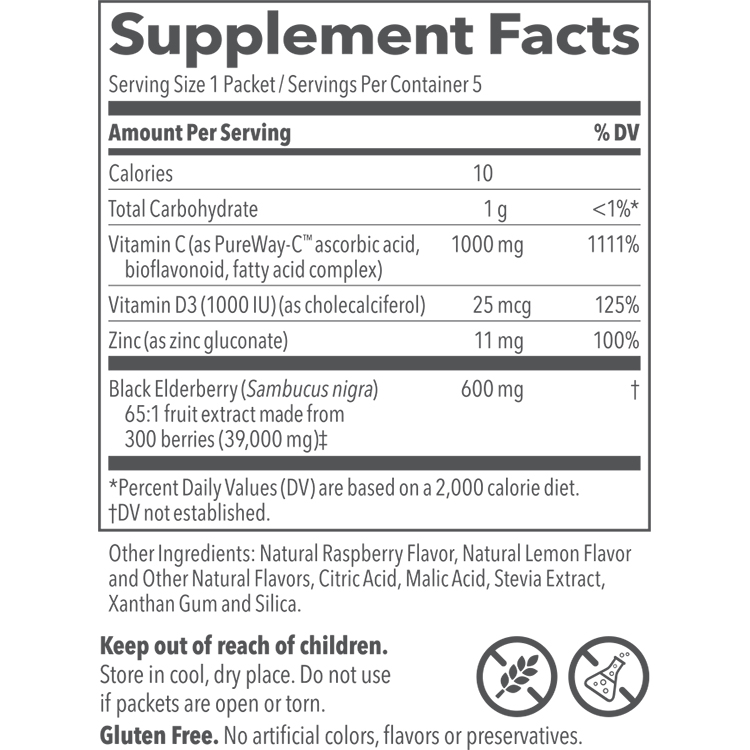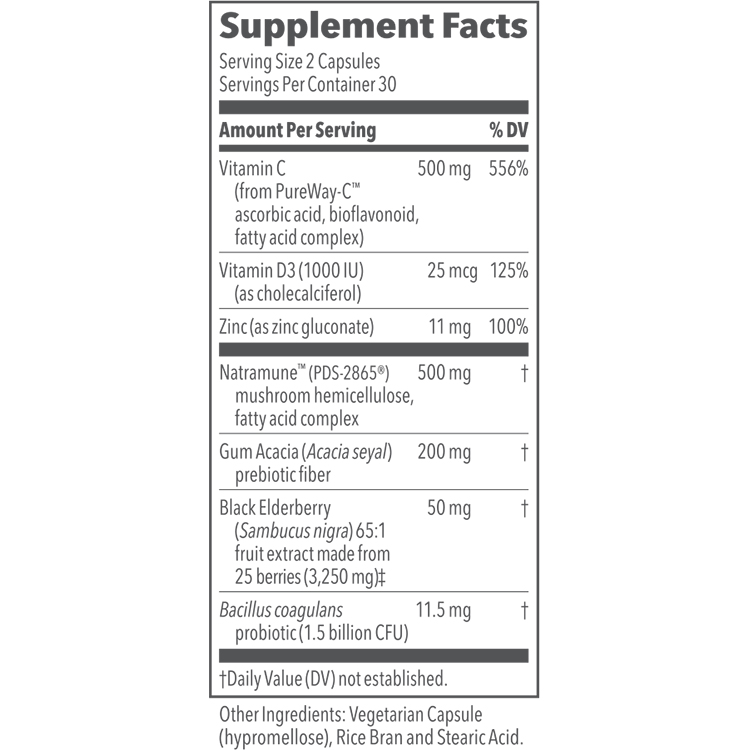BACKGROUND
Ingredient Type: Constituent, Substance to supplement the diet
Also Known As: Beta epsilon-carotene-3,3′-diol, All-E-Lutein, All-E-3′-Dehydro-Lutein, Carotenoid, E-Lutein

Lutein is sometimes referred to as the “eye vitamin” because it has been significantly investigated for its effect on visual function (1). Since 1782, there has been a debate as to where the yellow pigment in the macula of the eye comes from. Recently, lutein, zeaxanthin, and meso-zeaxanthin have been found as the main components of the macular pigment (2). Lutein is typically found in varying amounts in fruits and vegetables including kiwi fruit, grapes, orange pepper, corn, broccoli, zucchini, squash, spinach, and kale. One of the highest quantity of lutein (60-mole percent of total) has been found in corn. Thirty to fifty percent has been found in kiwi fruit, grapes, spinach, orange juice, zucchini, and squashes, while leafy greens contain 15-47% of lutein.
Lutein is often researched together with zeaxanthin because both are carotenoid pigments accumulated in primate retinas as the human macular (the central portion of the eye retina pigments). It is critical to the eyesight because along with antioxidant vitamins, it helps protect the retina from oxidative damage (3,4,5,6,7,8).
TRADITIONAL USES
No known traditional use
WHAT DOES SCIENCE TELL US?
Lutein Probably Supports Aging Eyes:
A systematic review and meta-analysis investigated the relationship between dietary intake of lutein and zeaxanthin and the risk of AMD risk in six longitudinal cohort studies. The meta-analysis concluded a significant relationship between carotenoids dietary intake and a reduction in risk of late AMD (0.97). In addition, a statistically significant inverse association between lutein and zeaxanthin and neovascular AMD risk (0.92). The meta-analysis concluded the ineffectiveness of lutein and zeaxanthin in reducing the risk of early AMD; on the other hand, their increase may potentially be effective in protecting against late AMD (9).
The effects of lutein and zeaxanthin on visual function were evaluated in eight randomized controlled trials of one thousand one hundred seventy-six AMD patients. The meta-analysis results revealed:
- A significant decrease in logMAR levels in comparison with the placebo group was associated with xanthophyll carotenoids supplementation
- At the time of the intervention, each 1-mg/day increase in the aforementioned was related to a 0.003 reduction in logMAR level of visual acuity
- At all four spatial frequencies of contrast sensitivity, a great benefit was noted (P < 0.05) compared to placebo
- Association between the post-intervention increase in MPOD and improvements in visual acuity (P = 0.02) and in contrast sensitivity at 12 cycles/degree (P < 0.001)
The study concluded the effectiveness of lutein and zeaxanthin in improving visual performance in the studied subjects (AMD patients) noting the dose-response relationship (10).
A meta-analysis of five randomized controlled trials investigated the role of lutein supplementation in the management of AMD in four hundred forty-five participants. Post-assessment results revealed that treatment with lutein was associated with significant improvement in MPOD (p < 0.00001) and improved visual acuity (p = 0.05).
The analysis concluded lutein’s effectiveness in for improving the MPOD and somewhat improving the visual acuity at a daily dose of 10 mg and higher (11).
A meta-analysis of thirteen observational studies (18,999 participants) examined the association between blood antioxidants and vitamins with the risk of age-related cataract. Inverse association with age-related cataract were found in:
- Vitamin E (OR: 0.75; 95% CI: 0.58, 0.96),
- α-carotene (OR: 0.72; 95% CI: 0.59, 0.88),
- Lutein (OR: 0.75; 95% CI: 0.65, 0.87),
- Zeaxanthin (OR: 0.70; 95% CI: 0.60, 0.82).
The associations were specific to certain populations:
- In Asian populations but not in Western populations: Vitamins A (OR: 0.69; 95% CI: 0.58, 0.83) and C (OR: 0.67; 95% CI: 0.57, 0.78) were inversely associated with age-related cataract
The meta-analysis concluded the blood levels of aforementioned antioxidants to inversely associate with risk of age-related cataract (12).
A meta-analysis evaluated the association between blood lutein and zeaxanthin concentration and the risk of age-related cataract. It included pooled relative risks (RRs) for the highest-versus-lowest categories of blood lutein and zeaxanthin concentrations. The analysis reviewed one cohort study and seven cross-sectional studies. Post-assessment results revealed:
- Significant inverse associations between nuclear cataract and blood lutein and zeaxanthin concentrations
- Stronger association between nuclear cataract and blood zeaxanthin in studies conducted in the European Nations
- A decrease in the risk of cortical cataract and subcapsular cataract as a result of blood lutein and zeaxanthin
The analysis concluded high blood lutein and zeaxanthin’ association with a decrease in the risk of nuclear cataract (13).
A dose-response meta-analysis systematically reviewed six prospective studies of dietary lutein and zeaxanthin intake in relation to risk of age-related cataract. Four thousand four hundred sixteen cases and 41,999 participants were reviewed. The results of the meta-analysis revealed:
- When the highest and lowest dietary lutein and zeaxanthin intakes were compared, for nuclear cataract significant inverse association was noted (RR: 0.75; 95% CI: 0.65, 0.85); this was not so for the cortical cataract (RR: 0.85; 95% CI: 0.53, 1.17) and for posterior subcapsular cataract (RR: 0.77; 95% CI: 0.40, 1.13)
The dose-response analysis revealed:
- Every 300 mcg/d increment lutein and zeaxanthin intake associated with a 3%, 1%, or 3% reduction in the risk of nuclear cataract (RR: 0.97; 95% CI: 0.94, 0.99), cortical cataract (RR: 0.99; 95% CI: 0.95, 1.02), or posterior subcapsular cataract (RR: 0.97; 95% CI: 0.93, 1.01)
The study concluded lutein and zeaxanthin potential in reducing the risk of age-related cataract, particularly nuclear cataract in a dose-response fashion, and their beneficial effect in preventing age-related cataract (14).
A multicenter, double-blind, randomized clinical trial referred to as the Age-Related Eye Disease Study 2 (AREDS2) investigated lutein/zeaxanthin’ effects on cataract surgery. Four thousand two hundred and three subjects (50 to 85 years, at risk for progression to advanced age-related macular degeneration) were divided into four groups and given either 10mg/2mg of lutein/zeaxanthin (group 1), 1 g of omega-3 long-chain polyunsaturated fatty acids (group 2), a combination of the two (group 3), or placebo (group 4). Post-assessment results revealed:
- 24% of the 5-year probability for progression to cataract surgery in groups 2-4, the non-lutein groups)
- The hazard ratios for progression to cataract surgery was 0.96 (P = .54) in group 1 (lutein/zeaxanthin) vs groups 2-4 (non-lutein/zeaxanthin groups)
- The hazard ratios for progression to cataract surgery for participants in the lowest quintile of dietary intake of lutein/zeaxanthin was 0.68 (P = .03) comparing group 1 vs groups 2-4
- The hazard ratio for 3 or more lines of vision loss was 1.03 (P = .61) for group 1 vs groups 2-4
The study concluded that no statistically significant overall effect on rates of cataract surgery or vision loss for lutein/zeaxanthin supplementation (15).
Lutein Might Support a Healthy Retina:
Limited preliminary evidence exists on lutein’s effectiveness in treating retinitis pigmentosa. Four studies retrieved suggest that lutein is able to augment the macular pigment in some patients when administered standalone at 20 mg/day for six months, can improve the visual field when administered at 10-30 mg/day for nine months, can slow the loss of midperipheral visual field on average in the nonsmoking adults with retinitis pigmentosa when administered at 12 mg/day along with vitamin A in a long-term study. It was also noted in a pilot study conducted via the internet that it can be beneficial in improving short-term vision, particularly in blue-eyed subjects, and that vitamin A may play a beneficial role in increasing visual field benefits. Thus, two studies made a note of lutein’s potential effectiveness especially when administered with vitamin A. However, the studies found also noted that lutein is unable to improve vision as a whole or make a significant difference in other markers of retinal degeneration (16,17,18,19).
Lutein supplementation (20 mg/day) has been studied to assess its benefits alongside the macular pigment in a six-month study on patients with inherited retinal degeneration (retinitis pigmentosa or Usher syndrome). Three groups were their density profiles measured with heterochromatic flicker photometry: patients with retinitis pigmentosa (RP), patients with Usher syndrome, normal subjects. Post-assessment including the quantification of serum carotenoids, visual acuity, foveal sensitivity, and retinal thickness (by optical coherence tomography [OCT]) results revealed:
- No difference from normal in macular pigment density in the patients as a group
- In lower macular pigment patients with lower MP (with a higher percentage of females, smokers, and light-colored irises), there was a more severe tendency for disease expression
- An increase in serum lutein in all participants
- A statistically significant increase in macular pigment in approximately half the patients
- No change in central vision
The study concluded that macular pigment can be augmented in many patients via lutein supplementation (17).
Lutein’s benefit has been investigated in a randomized, controlled, double-blind clinical trial in patients with retinitis pigmentosa receiving vitamin A. Two hundred twenty-five subjects (nonsmoking patients, 18-60 years old) were divided into two groups and given either 12 mg/day of lutein or placebo in addition to 15,000 IU/d of vitamin A palmitate over a four-year interval. Post-assessment results revealed,
- In the primary outcome (the total point score for the Humphrey Field Analyzer (HFA) 30-2 program): no significant difference in the rate of decline
- In the secondary outcomes (the total point scores for the 60-4 program): a decrease (P = .05) in the mean rate of sensitivity loss (in the lutein plus vitamin A group) and mean decline was slower among the highest serum lutein level subjects (P = .01) or subjects with the highest increase in MPOD at follow-up (P = .006)
- In HFA 30-2 and 60-4 combined: slowest decline field sensitivity (P = .005) in subjects with the highest increase in MPOD
The study concluded lutein’s effectiveness in slowing loss of midperipheral visual field on average in the studied subjects (nonsmoking adults with retinitis pigmentosa taking vitamin A) (19).
Lutein Possibly Supports a Healthy Central Nervous System:
Only one study has been identified on the effect of lutein on amyotrophic lateral sclerosis; as such, the evidence is insufficient. The evidence of population research suggests that higher dietary intake of lutein is effective in lowering the risk of developing ALS when compared to lower dietary intakes.
Oxidative stress in the pathogenesis of amyotrophic lateral sclerosis (ALS) has been analyzed in five cohort studies: The National Institutes of Health-Association of American Retired Persons Diet and Health Study, the Cancer Prevention Study II Nutrition Cohort, the Cancer Prevention Study II Multiethnic Cohort, the Health Professionals Follow-up Study (HPFS), and the Nurses’ Health Study (NHS).
Post-assessment results including the ALS deaths and dietary intakes analysis revealed:
- Reduced (p for trend = 0.004) risk of ALS (association: greater total major carotenoids intake)
- Inverse association (p for trend = 0.01) with the risk of ALS (association: higher dietary intakes of β-carotene and lutein)
- No association of with reduced risk of ALS for: Lycopene, β-cryptoxanthin, and vitamin C
The study concluded the potential of foods high in carotenoids in preventing or delaying the onset of ALS (20).
Lutein Might Help With Eye Fatigue:
Lutein in combination with zeaxanthin and blackcurrant extract has been analyzed for its effect on visual fatigue in a randomized, double-blind, placebo-controlled cross-over study. Thirteen subjects have been divided into two groups and given either the combination or the placebo (and vice versa) for four weeks (two weeks at a time). Post-assessment via eye fixation related potentials (EFRP) and other psychophysiological measurement revealed significant differences when comparing the supplemented group with the combo and the placebo. The study concluded the aforementioned combination including lutein to be effective in reducing symptoms of visual fatigue (21).
The subjective symptoms of asthenopia (eye strain condition) have been investigated in a supplementation of fish oil, bilberry extract, and lutein combination in a double-blind, randomized, parallel-group, and placebo-controlled study. Twenty subjects were divided into two groups and given either a combination of omega-3 fatty acid-rich fish oil (DHA 783 mg/day, eicosapentaenoic acid 162 mg/day), bilberry extract (anthocyanidin 59 mg/day), and lutein (17.5 mg/day) or placebo for a duration of four weeks. Post-assessment via a questionnaire for asthenopia and the visual analog scale for mental fatigue, the results revealed in the supplemented group with the combination:
- An improvement in symptoms including “stiff shoulder, low back pain”, “frustration”, “dry-eye”, and “stuffy head”
- An improved score of mental fatigue
The study concluded the effectiveness of the aforementioned combination including lutein to potentially improve subjective symptoms of asthenopia and mental fatigue in the studied subjects (22).
Lutein Possibly Supports Healthy Cell Growth:
The relationship of serum α-tocopherol, carotenoids, and retinol with the risk of breast cancer was investigated in a case-control study for one year. Three hundred eighty-nine subjects (160 breast cancer patients and 229 control subjects) participated. Post-measurement of serum concentration of α-tocopherol, β-carotene, cryptoxanthin, lutein/zeaxanthin, lycopene, and retinol showed an inverse association between serum antioxidant vitamins and the risk of breast cancer. The study concluded the potential of antioxidant vitamins in protecting against breast cancer (23).
Lutein Possibly Improve Cognitive Function:
There is insufficient evidence for the action of lutein on cognitive function. One study in which lutein was examined standalone (12mg/day) and in combination with DHA found its positive effect on cognitive function as standalone so in combination with DHA (24). On the other hand, another study where lutein was investigated standalone (10g) and in combination with long-chain polyunsaturated fatty acids, did not find any significant changes in cognitive function (25). This suggests that additional research is necessary to affirm the conflicting results.
SAFETY
In general, dietary and supplemental lutein is well tolerated. Doses up to 20 mg daily have not resulted in adverse effects (1,26,27).
Interactions:
No known interactions (1).
Side-Effects:
No known side effects (19,22).
REFERENCES
- Lutein: MedlinePlus Supplements. Medlineplusgov. 2018. https://medlineplus.gov/druginfo/natural/754.html. Accessed April 22, 2018.
- Nussbaum JJ, Pruett RC, Delori FC. Historic perspectives. Macular yellow pigment. The first 200 years. Retina. 1981;1(4):296-310.
- Snodderly DM. Evidence for protection against age-related macular degeneration by carotenoids and antioxidant vitamins. Am J Clin Nutr 1995;62:1448S-61S
- Sommerburg O, Keunen JE, Bird AC, van Kuijk FJ. Fruits and vegetables that are sources for lutein and zeaxanthin: the macular pigment in human eyes. Br J Ophthalmol 1998;82:907-10.
- Handelman GJ, Nightingale ZD, Lichtenstein AH, et al. Lutein and zeaxanthin concentrations in plasma after dietary supplementation with egg yolk. Am.J.Clin.Nutr. 1999;70(2):247-251. DOI:10.1093/ajcn.70.2.247
- Herron KL, McGrane MM, Waters D, et al. The ABCG5 polymorphism contributes to individual responses to dietary cholesterol and carotenoids in eggs. J Nutr 2006;136(5):1161-1165. DOI:10.1093/jn/136.5.1161
- Dreher ML. Pistachio nuts: composition and potential health benefits. Nutr.Rev. 2012;70(4):234-240. DOI:10.1111/j.1753-4887.2011.00467.x
- Ferguson LR, Schlothauer RC. The potential role of nutritional genomics tools in validating high health foods for cancer control: broccoli as example. Mol.Nutr.Food Res. 2012;56(1):126-146. DOI:10.1002/mnfr.201100507
- Ma L, Dou HL, Wu YQ, et al. Lutein and zeaxanthin intake and the risk of age-related macular degeneration: a systematic review and meta-analysis. Br.J.Nutr. 2012;107(3):350-359. DOI:10.1017/S0007114511004260
- Liu R, Wang T, Zhang B, et al. Lutein and zeaxanthin supplementation and association with visual function in age-related macular degeneration. Invest Ophthalmol Vis Sci. 2014 Dec 16;56(1):252-8. DOI:10.1167/iovs.14-15553
- Wang X, Jiang C, Zhang Y, et al. Role of lutein supplementation in the management of age-related macular degeneration: meta-analysis of randomized controlled trials. Ophthalmic Res. 2014;52(4):198-205. DOI:10.1159/000363327
- Cui YH, Jing CX, Pan HW. Association of blood antioxidants and vitamins with risk of age-related cataract: a meta-analysis of observational studies. Am J Clin Nutr. 2013;98(3):778-86. DOI:10.3945/ajcn.112.053835
- Liu XH, Yu RB, Liu R, et al. Association between lutein and zeaxanthin status and the risk of cataract: a meta-analysis. Nutrients. 2014 Jan 22;6(1):452-65. DOI:10.3390/nu6010452
- Ma L, Hao ZX, Liu RR, et al. A dose-response meta-analysis of dietary lutein and zeaxanthin intake in relation to risk of age-related cataract. Graefes Arch Clin Exp Ophthalmol. 2014 Jan;252(1):63-70. DOI:10.1007/s00417-013-2492-3
- Chew EY, SanGiovanni JP, Ferris FL, et al. Lutein/zeaxanthin for the treatment of age-related cataract: AREDS2 randomized trial report no. 4. JAMA Ophthalmol. 2013 Jul;131(7):843-50. DOI:10.1001/jamaophthalmol.2013.4412
- Dagnelie G, Zorge IS, McDonald TM. Lutein improves visual function in some patients with retinal degeneration: a pilot study via the Internet. Optometry. 2000;71:147-64.
- Aleman TS, Duncan JL, Bieber ML, et al. Macular pigment and lutein supplementation in retinitis pigmentosa and Usher syndrome. Invest Ophthalmol Vis Sci. 2001;42(8):1873-1881.
- Bahrami H, Melia M, Dagnelie G. Lutein supplementation in retinitis pigmentosa: PC-based vision assessment in a randomized double-masked placebo-controlled clinical trial [NCT00029289]. BMC.Ophthalmol. 2006;6:23. DOI:10.1186/1471-2415-6-23
- Berson EL, Rosner B, Sandberg MA, et al. Clinical trial of lutein in patients with retinitis pigmentosa receiving vitamin A. Arch.Ophthalmol. 2010;128(4):403-411. DOI:10.1001/archophthalmol.2010.32
- Fitzgerald KC, O’Reilly ÉJ, Fondell E, et al. Intakes of vitamin C and carotenoids and risk of amyotrophic lateral sclerosis: pooled results from 5 cohort studies. Ann Neurol. 2013;73(2):236-45. DOI:10.1002/ana.23820
- Yagi A, Fujimoto K, Michihiro K, et al. The effect of lutein supplementation on visual fatigue: a psychophysiological analysis. Appl.Ergon. 2009;40(6):1047-1054. DOI:10.1016/j.apergo.2009.04.013
- Kawabata F,Tsuji T. Effects of dietary supplementation with a combination of fish oil, bilberry extract, and lutein on subjective symptoms of asthenopia in humans. Biomed Res. 2011;32(6):387-393.
- Kim MK, Ahn SH, Lee-Kim. Relationship of serum alpha-tocopherol, carotenoids and retinol with the risk of breast cancer. Nutr Res. 2001;21:797-809.
- Johnson EJ, McDonald K, Caldarella SM, et al. Cognitive findings of an exploratory trial of docosahexaenoic acid and lutein supplementation in older women. Nutr Neurosci 2008;11(2):75-83. DOI:10.1179/147683008X301450
- Chew EY, Clemons TE, Agrón E, et al. Effect of Omega-3 Fatty Acids, Lutein/Zeaxanthin, or Other Nutrient Supplementation on Cognitive Function: The AREDS2 Randomized Clinical Trial. JAMA.2015 Aug 25;314(8):791-801. doi:10.1001/jama.2015.9677
- Olmedilla B, Granado F, Blanco I, Vaquero M. Lutein, but not alpha-tocopherol, supplementation improves visual function in patients with age-related cataracts: a 2-y double-blind, placebo-controlled pilot study. Nutrition. 2003;19(1):21-24.
- Shao A, Hathcock JN. Risk assessment for the carotenoids lutein and lycopene. Regul.Toxicol Pharmacol. 2006;45(3):289-298. DOI: 10.1016/j.yrtph.2006.05.007
See the MedlinePlus entry for lutein, the Examine.com entry for lutein, the Michigan Medicine Health Library entry for lutein, this WebMD article on lutein and zeaxanthin for vision, or the RXList entry for lutein for more information.




